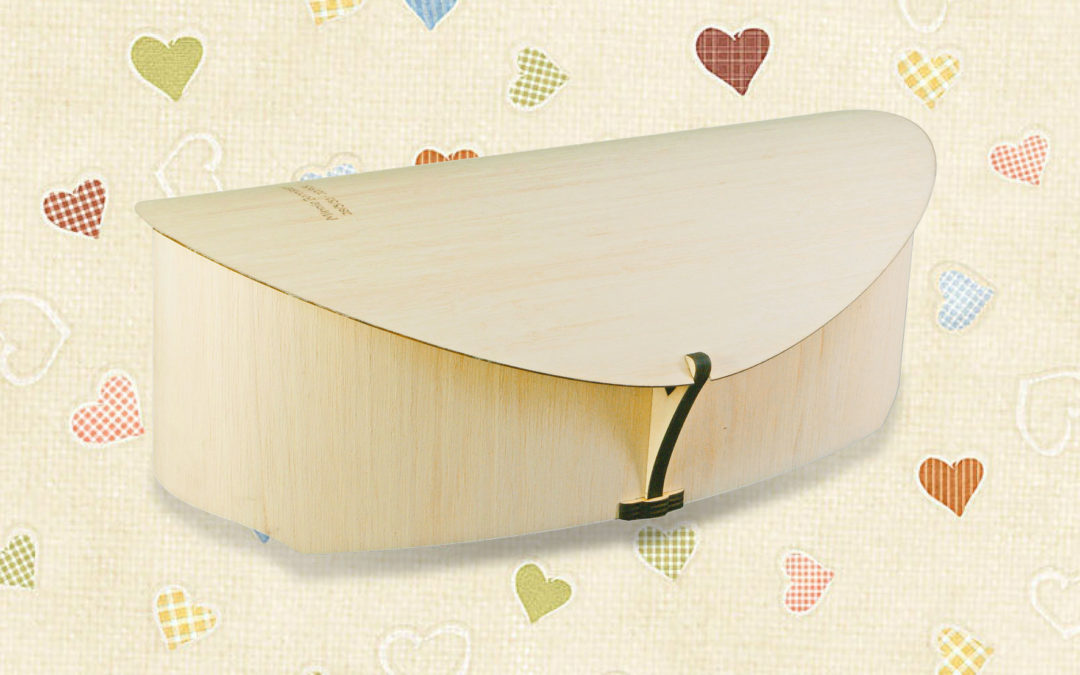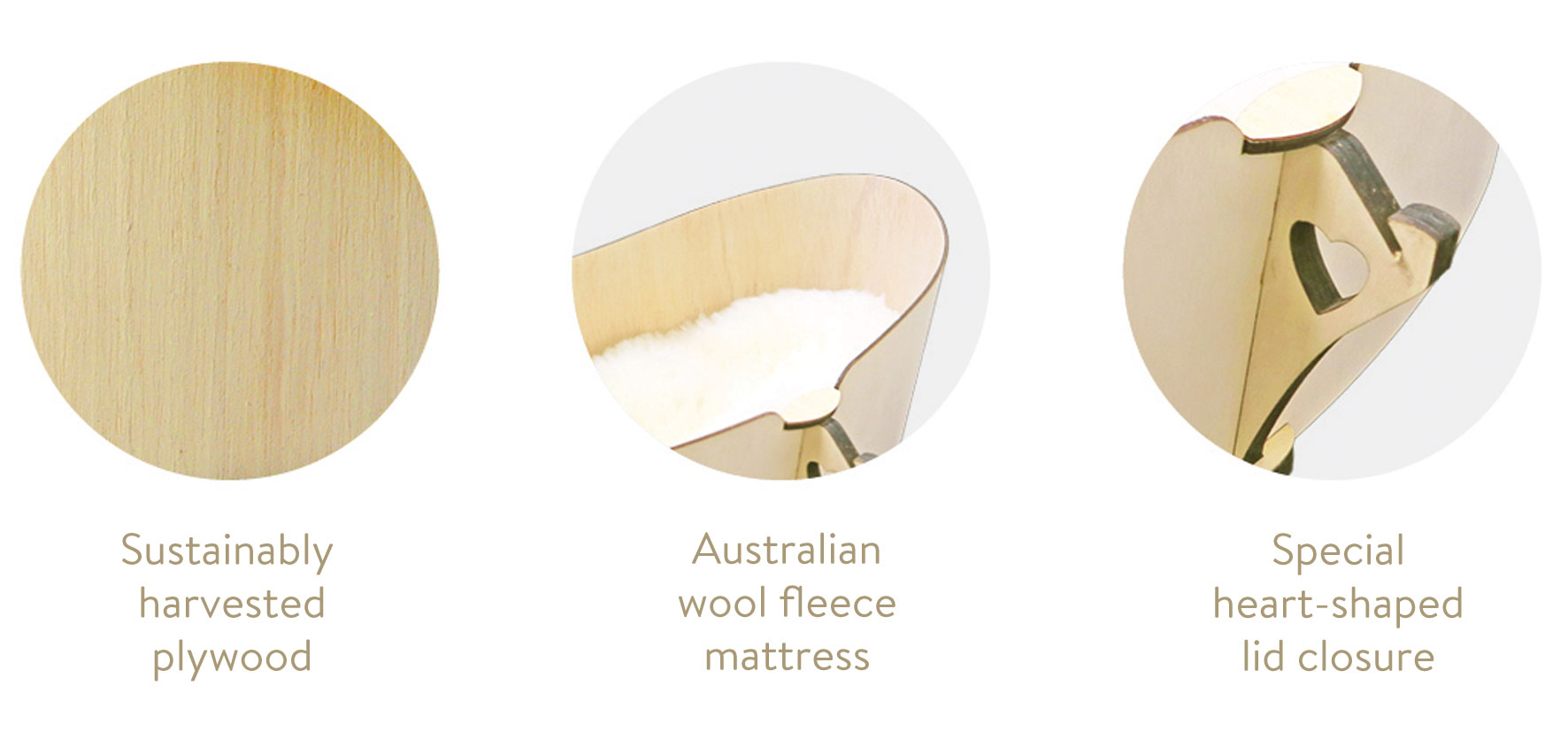
by joshua2 | Media
As a small business, the idea of special programs to support employee flexibility in the workplace may seem undesirable. However, flexible workplace strategies can reduce absenteeism and promote loyalty.
Here are some ways flexibility can benefit your business and some strategies to employ to make a flexible workplace a reality.
What is a flexible workplace?
The idea behind increased flexibility on a workplace level is to create a work-life balance that works in favour of your business and your employees. It usually means tailoring work hours and the approach to day-to-day work to suit the people involved.
Practically, flexibility might mean allowing employees to work from home, where possible, or offering parent-friendly hours. It may also include such things as reduced contact hours, job-sharing, time-in-lieu etc.
Offering flexible options maximises productivity through reducing the tension between work day requirements and employees’ lives outside of work. It creates a focus on quality work by giving people the opportunity to perform with less distractions and/or reduced pressure from conflicting responsibilities.
Why choose a flexible approach to work?
A study by the Diversity Council of Australia found flexibility is a key driver of employee satisfaction. It found that 1 in 5 employees had considered leaving their current employer due to a lack of flexibility.
Researchers at the Judith Lumley Centre found 1 in 3 parents are experiencing significant conflict between their working lives and parenting duties, which reduces focus and creates stress.
The Victorian government’s Better Work and Family Balance Grants Program was designed to help small businesses to address these issues. The side effects were a greater ability to retain staff, increase morale while strengthening team building and attracting a higher quality of new employees.
Head of Research at Beyond Blue, Nick Arvanitis, believes in the power of good strategies for stress reduction. “Many of the strategies that promote wellness also prevent stress. Increasing an employee’s control is one key example,” he explained.
“This can be achieved by giving employees a say in how they do their work or manage their time, and providing greater flexibility through start and finish times and when people take breaks.”
What strategies can you employ to offer flexibility?
From sole operators through to small business, anyone can make flexibility a part of a successful business strategy.
Ideas that make a significant impact include:
- Rethink office space
Consider reducing rent and other overheads by encouraging remote workers, introducing work-from-home days and hot desking at co-working centres in lieu of having a physical office space.
- Timetable to suit lifestyle
Investigate part-time, time-in-lieu and job share arrangements to encourage quality over quantity during work hours. By working with your staff to help them timetable work and life together, you can help keep them focused on work better by reducing the impact of conflicting priorities.
- Support new ways of working
Use technology as an ally to flexibility. There is an array of technology solutions that allow you to immediately identify workers and rostering needs plus they can easily allow remote workers to check in for time tracking purposes. Use online project management tools, virtual conferencing and Skype/Facetime etc to stay connected no matter where your team may be.
- Offer choice to your employees
Another vital component is designing workplace flexibility to suit those it impacts the most.
“People want choice, and they’re happy to ask for it,” shared Catherine Heilemann, a former human resources manager turned self-employed business coach.
“They will choose one small business employer over another and design their own self-employment journey around flexibility because it matters that much. The best way to find out what your employees want is to ask them. By using something like a survey, you can quickly find out what your people need.”
By working together to provide the right tools, carefully considering your options and allowing your employees to have a hand in designing the strategies you’ll use, you can take your small business to the next level with flexibility.
Related article: 5 ways to avoid team burnout
Article source: insightsresources.seek.com.au

by joshua2 | Media
Our Expression Coffin’s creative team was asked by a funeral home in a small country town to, “Create a unique coffin for Melbourne Storm’s biggest fan”.
Within a few hours our team had completed the Expression Coffin design and sent the digital proofs to the funeral home. The family saw the proofs of the coffin design and responded with an overwhelming, “Yes! That’s him”.
The family (and funeral home) were thoroughly grateful for our quick turnaround time to produce and ship the coffin in time for the funeral. We even heard back through the funeral home that several family and friends took photos of the coffin at the front of the chapel!
If you are serving a family that would like a special NRL club* or sporting club design, then contact our Expression Coffin’s team and they’ll create a truly special coffin design that will help to make your client-family’s funeral more meaningful.

*Please note: We are officially licensed by the National Rugby League to create and sell NRL club Expression Coffins.

by joshua2 | Media
The ‘Baby Crib’ from our Return to Sender line of coffins is a beautiful option for families who have lost a special child.
Its gently curved shape makes it easy to cradle and gives the casket a soft, rounded look. It is made from sustainably harvested plywood and the interior is finished with a plush Australian wool fleece mattress. The internal size of the Baby Crib is a versatile 55cm x 24cm x 18cm (L x W x D) design.
The Baby Crib, as with all our Return to Sender range, is part of our Memorial Tree Program.
Please contact us for a Return to Sender catalogue, or better still download it from our Resources page today.


by joshua2 | Media
A funeral home in Beijing has introduced three-dimensional printing to restore disfigured faces.
The Babaoshan Funeral Home has resorted to 3D printing to reconstruct disfigured facial features or skulls of the deceased who suffered severe damage in accidents, the Beijing Youth Daily reported.
Family members only need provide a photograph of the deceased, the report said…
Read the full article here

by joshua2 | Media
The Pieta Maple is an example of Batesville’s commitment to providing funeral homes with feature-packed caskets that can help make funerals more meaningful for families. Here are some of the features of this finely crafted Maple casket:
- Hand-Rubbed Gloss Finish
- Family Remembrance Pieta Included
- Patented Locking System
- LifeSymbols® Interchangeable Corner Design Feature
- Wood Bars
- Swing Bar handles with Antique Hardware
- FailSafe® Liner
- Safety Bottom
- Adjustable Bed and Mattress
- Pre-Interment Warranty
- MemorySafe® Drawer
- Memorial Record™ System
- Living Memorial® Program
To see this casket or another Batesville model, please contact us and one of our experienced team members can organise a product demonstration at your funeral home.

by joshua2 | Media
A palliative nurse who has counselled the dying in their last days has revealed the most common regrets we have at the end of our lives. And among the top, from men in particular, is ‘I wish I hadn’t worked so hard’.
Bronnie Ware is an Australian nurse who spent several years working in palliative care, caring for patients in the last 12 weeks of their lives. She recorded their dying epiphanies in a blog called Inspiration and Chai, which gathered so much attention that she put her observations into a book called The Top Five Regrets of the Dying.
Ware writes of the phenomenal clarity of vision that people gain at the end of their lives, and how we might learn from their wisdom. “When questioned about any regrets they had or anything they would do differently,” she says, “common themes surfaced again and again.”
Here are the top five regrets of the dying, as witnessed by Ware:
- I wish I’d had the courage to live a life true to myself, not the life others expected of me.
“This was the most common regret of all. When people realise that their life is almost over and look back clearly on it, it is easy to see how many dreams have gone unfulfilled. Most people had not honoured even a half of their dreams and had to die knowing that it was due to choices they had made, or not made. Health brings a freedom very few realise, until they no longer have it.”
- I wish I hadn’t worked so hard.
“This came from every male patient that I nursed. They missed their children’s youth and their partner’s companionship. Women also spoke of this regret, but as most were from an older generation, many of the female patients had not been breadwinners. All of the men I nursed deeply regretted spending so much of their lives on the treadmill of a work existence.”
- I wish I’d had the courage to express my feelings.
“Many people suppressed their feelings in order to keep peace with others. As a result, they settled for a mediocre existence and never became who they were truly capable of becoming. Many developed illnesses relating to the bitterness and resentment they carried as a result.”
- I wish I had stayed in touch with my friends.
“Often they would not truly realise the full benefits of old friends until their dying weeks and it was not always possible to track them down. Many had become so caught up in their own lives that they had let golden friendships slip by over the years. There were many deep regrets about not giving friendships the time and effort that they deserved. Everyone misses their friends when they are dying.”
- I wish that I had let myself be happier.
“This is a surprisingly common one. Many did not realise until the end that happiness is a choice. They had stayed stuck in old patterns and habits. The so-called ‘comfort’ of familiarity overflowed into their emotions, as well as their physical lives. Fear of change had them pretending to others, and to their selves, that they were content, when deep within, they longed to laugh properly and have silliness in their life again.”
Article courtesy of theguardian.com









